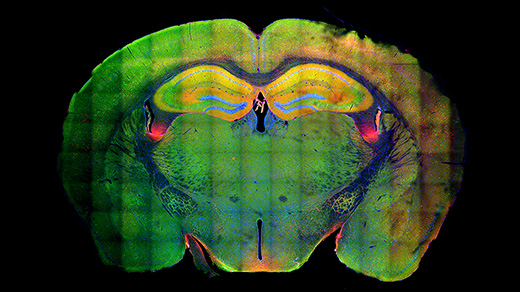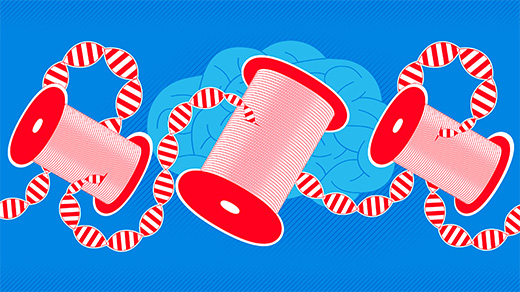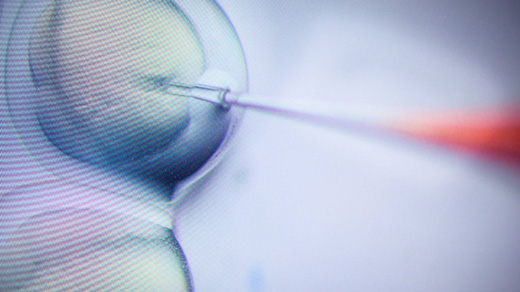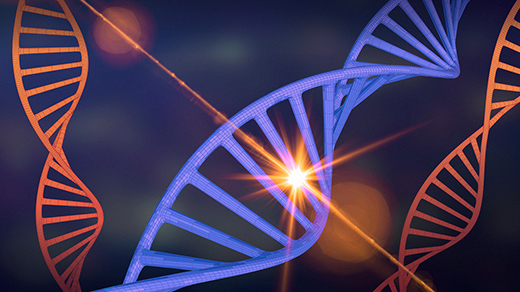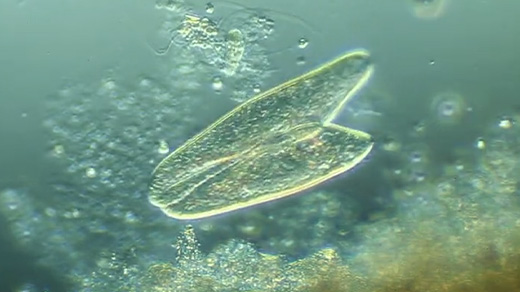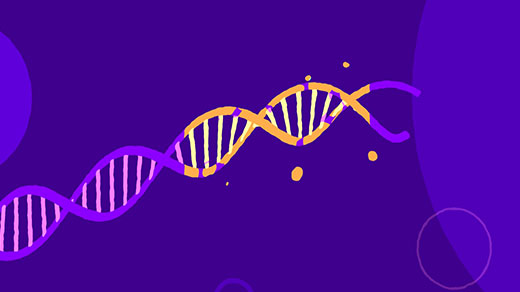What's up in
DNA
Latest Articles
Brain Cell DNA Refolds Itself to Aid Memory Recall
Researchers see structural changes in genetic material that allow memories to strengthen when remembered.
The Epigenetic Secrets Behind Dopamine, Drug Addiction and Depression
New research links serotonin and dopamine not just to addiction and depression, but to the ability to control genes.
Nobel Chemistry Prize Awarded for CRISPR ‘Genetic Scissors’
Emmanuelle Charpentier and Jennifer Doudna have been awarded the 2020 Nobel Prize in Chemistry for their development of CRISPR/Cas9 genetic editing.
Cosmic Rays May Explain Life’s Bias for Right-Handed DNA
Cosmic rays may have given right-handed genetic helixes an evolutionary edge at the beginning of life’s history.
Why Sex? Biologists Find New Explanations.
Why did sex evolve? Theories usually focus on the diversity of future generations, but some researchers find compelling explanations in the immediate benefits to individuals.
Where Do New Genes Come From?
In their search for sources of genetic novelty, researchers find that some “orphan genes” with no obvious ancestors evolve out of junk DNA, contrary to old assumptions.
Inherited Learning? It Happens, but How Is Uncertain
Studies suggest that epigenetics allows some learned adaptive responses to be passed down to new generations. The question is how.
Origin-of-Life Study Points to Chemical Chimeras, Not RNA
Origin-of-life researchers have usually studied the potential of pure starting materials, but messy mixtures of chemicals may kick-start life more effectively.
Fossil DNA Reveals New Twists in Modern Human Origins
Modern humans and more ancient hominins interbred many times throughout Eurasia and Africa, and the genetic flow went both ways.
